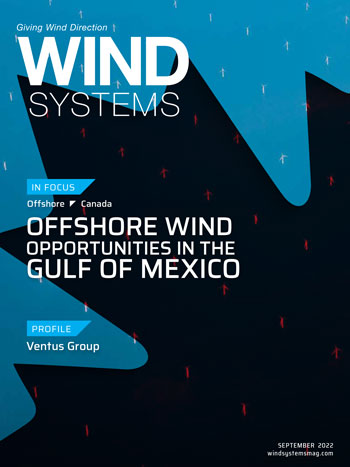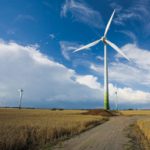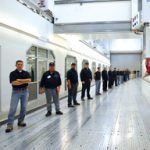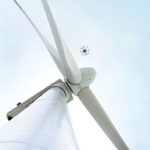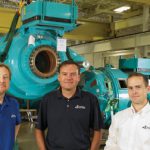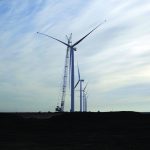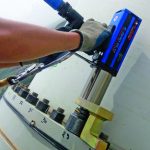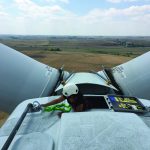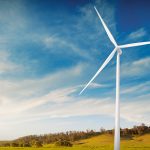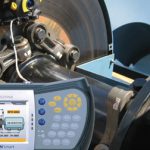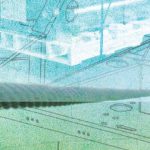Keeping wind turbines spinning efficiently and safely can involve a wide array of expertise. That’s why the minds behind Ventus Group have an extensive portfolio that tackles the technology needed to optimize a turbine’s performance as well as the services required to ensure those assets are able to reduce risk in order to offer attractive insurance packages to the market.
From efficient power generation to safety measures, Ventus focuses on the rotor of a turbine, according to Poul-Anker Lübker, CTO of Ventus Group.
“The rotor is the motor for our wind turbine,” he said. “You can do whatever you want with the gearbox, generator, and whatever, but it’s the rotor that captures the wind. That means this is the most important instrument for our wind turbine. This is our focus. Our strategy is that we focus on the rotor and rotor efficiency and reducing risk — this is the insurance arm we have here. We provide a really, really good access into the insurance industry.”
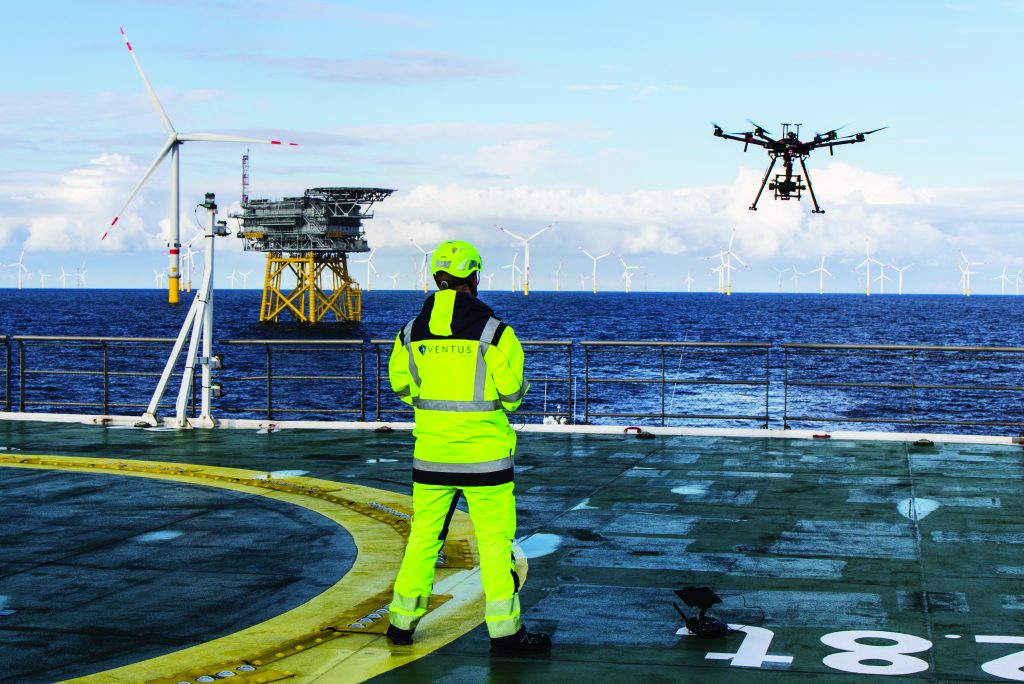
Insurance Collaboration
To that end goal, Ventus has developed a collaboration with one of the biggest insurers in the world for wind farms where the company has conducted its services, according to Lübker.
“Then, we are able to go in and offer a 15-percent discount in insurance premiums,” he said. “We see the insurance industry as a very, very important sales channel. And the reason is we are simply reducing risk on the wind turbines.”
But in order to reach that goal, first the rotors of a turbine must be shown to be operating as efficiently as possible, and that’s where Ventus’ patented technology comes into play, according to Lübker.
Innovative Design
Through Lübker, Ventus has developed proprietary image acquisition software and methodology and high-speed, high-resolution camera technology that allows for on-site image processing without the need for interrupting the operation of the turbine.
“We filed a patent for using high-speed camera technology to see rotor behavior and blade pitch angles,” Lübker said. “And what’s really, really interesting here is that when you see the type approval of wind turbines today, you are only allowed to have ± 0.3 degrees misalignment. But nobody had been able to see it before. We simply developed, over two years, this high-speed camera setup. We actually just have contracted the first turbines in Canada for this technology.”
And Lübker said there are about 450,000 wind turbines in operation, and all of them are in need of the rotor monitoring technology Ventus offers.
“You have 450,000 wind turbines out there that need this service, and what’s interesting is this is new turbines; this is old turbines; this is all turbines,” he said.
The AI and machine-learning techniques can detect irregularities in the rotor performance and appearance such as blade damage and bending or twisting differences, according to Lübker.
Non-Invasive Service
When yaw misalignment and blade-pitch misalignment are adjusted, then the rotors can produce more power in a very short payback window.
“All our services are what we call ‘non-invasive,’ which is extremely important,” he said. “You see, the OEMs, normally, if you start interfering with anything, then you can lose the warranty. So, all our services are non-invasive.”
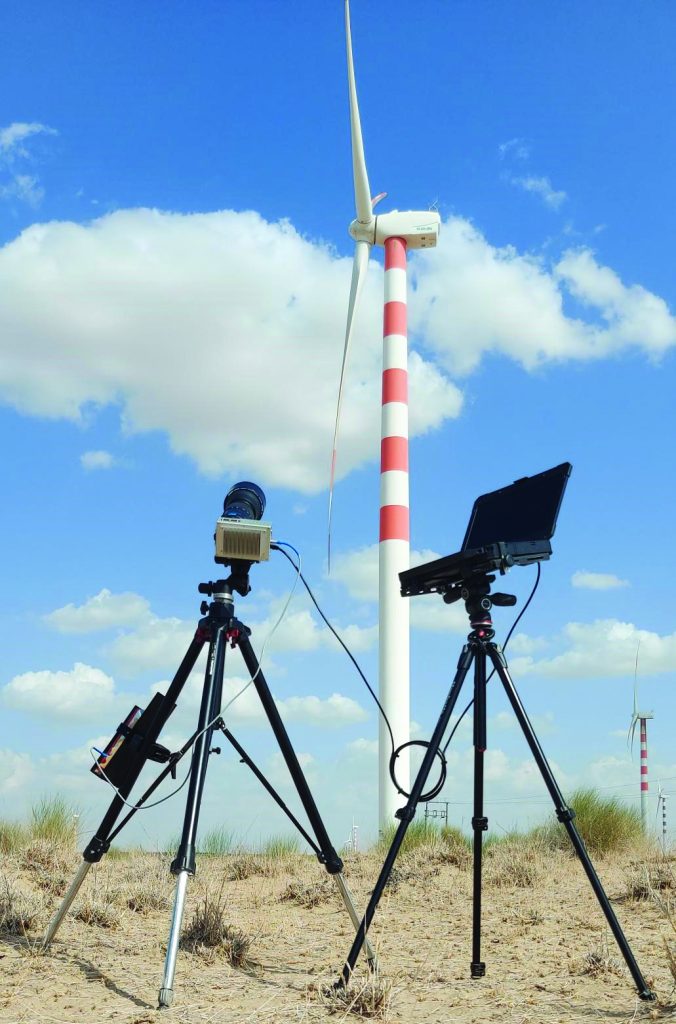
There are several steps Ventus takes in order to show a potential customer what can be done to increase the efficiency of the assets. A meeting with the commercial elements of a customer goes over the concept, then Ventus meets with the technical arm of a customer that reviews the nuts and bolts of the technology, and, finally, Ventus arranges a demonstration of the technology on a few of the customer’s assets, according to Lübker.
“Even though we have done this many, many, many times in different continents and so on, they always want to have a demo on their own turbines,” he said. “And this, we do. Normally, we do a small demo on maybe 10, 15, or 30 turbines. Once the technical people are convinced, then we do a rollout.”
Experiment Leads to Patent
The origins of Ventus’ technology took an interesting turn for Lübker when he began experimenting with mounting two Lidars on one turbine. Expecting to get similar results from each Lidar, Lübker was surprised when the two devices returned different data.
His first assumptions were either the Lidars weren’t installed correctly or they were defective, but, as it turned out, both Lidars were working perfectly in all respects. Lübker discovered the induction zone in front of the rotor was asymmetrical, when it should be symmetrical.
From those experiments, Lübker was able to devise a method to track the G-Force on each individual blade by converting the rotor into a turbine-monitoring instrument.
“And that means that, actually, I’ll be able to see which blade is the most efficient blade,” he said.
Reducing Risk
By using this technology to detect inefficiencies in the rotor, then Ventus is effectively reducing risk, according to Lübker.
“And of course, with insurance, they are always going in and evaluating the risk,” he said. “And our services, as you see today, with balancing the rotor and being able to see cracks in the blades using the sensor technology and so on, this is simply a matter of reducing risk. And that means, for an insurance company, less payout, because you can attend to damages in progress earlier on. This has simply been accepted by the insurance industry, meaning that they give credit for the use of these technologies.”
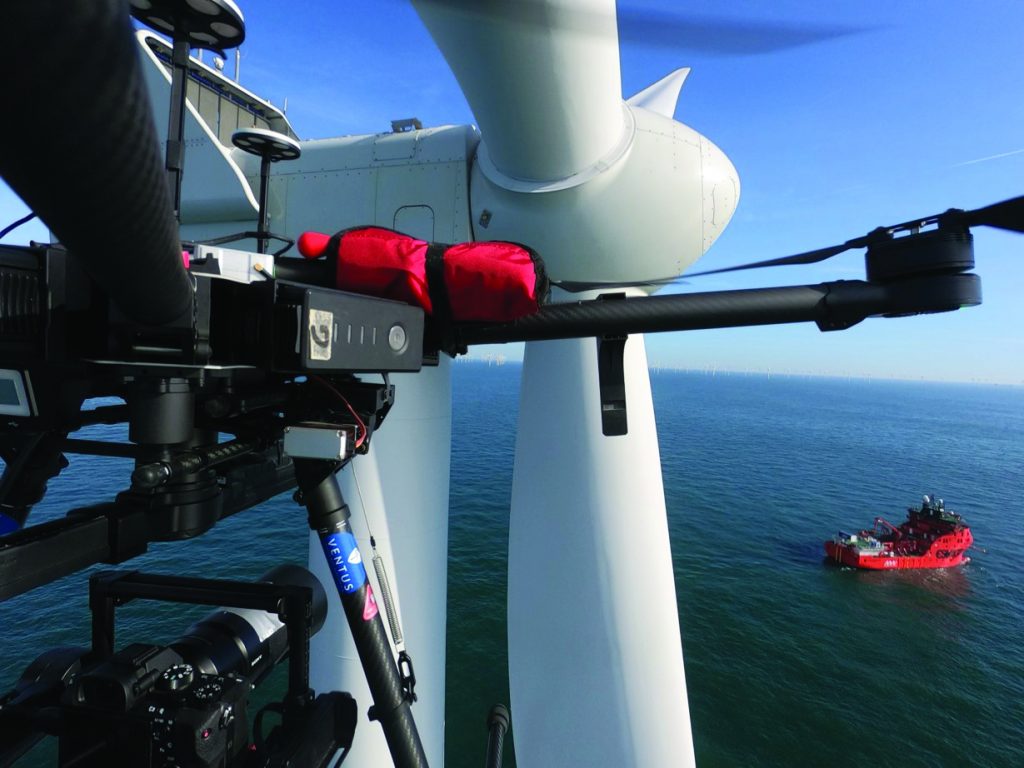
28 Years of History
Before Ventus Group was officially formed, Lübker was hired by Union Bank of Switzerland to mature a company called Nordtank in 1994, which eventually became part of Vestas.
Lübker began experimenting with his two nacelle-based Lidars in 2015 and filed for the TripleCMAS patent in 2016.
In 2017, Ventus Engineering was formed. A year later, the company received FFG funding to bring the patent to market.
Through its journey to assist the wind-energy industry, Ventus has had more than 20 patents filed and approved, and Lübker said that many of the bigger OEMs are taking notice of the technology Ventus has to offer.
In addition to that, Ventus was recently awarded ISO 9001:2015 certification for its quality management system and ISO 45001:2018 certification for its occupational health and safety (OH&S) management systems, which will help speed up the process of getting the company’s services in operation, according to Lübker.
“Normally, when we go into tenders, we would have to explain about our systems and so on — this is a big burden,” he said. “But when you are ISO certified, then you only need to send them the certificate, and that’s it. It’s a kind of blue stamp in the industry.”
Looking to the Future
Lübker expects even more big things for Ventus as it moves into its next decade of development.
“I have been in the industry for 27 years, and I would say this is one of the most exciting industries you can imagine,” he said. “When we hire new people, I warn them and say, ‘Well, if you get in, you will never get out.’ This is just how this industry is. For all these years, we have been growing with everything. The industry has been growing 10 to 25 percent on a yearly basis and still is.”
Along with that growth, according to Lübker, will be the need to monitor those rotors as assets continue to grow.
“This is an amazing industry, and when you look 10 to 20 years ahead, you will definitely see much larger wind turbines,” he said. “People call them wind turbines, but actually, it is a power plant. You will see bigger power plants probably taking advantage of the best wind conditions you can have. And that’s probably offshore. You will see a lot of development offshore. This is also something related to the political situation, where people want to have it offshore for better wind conditions, but also because some people don’t want to have the wind turbines in their backyard.”
With all that potential industry growth, the ultimate goal for Ventus is relatively simple:
“If you consider for Ventus, in 10 to 20 years, I think we will be the global rotor specialist,” Lübker said. “That’s, at least, our target.”
More info www.ventus.group



















